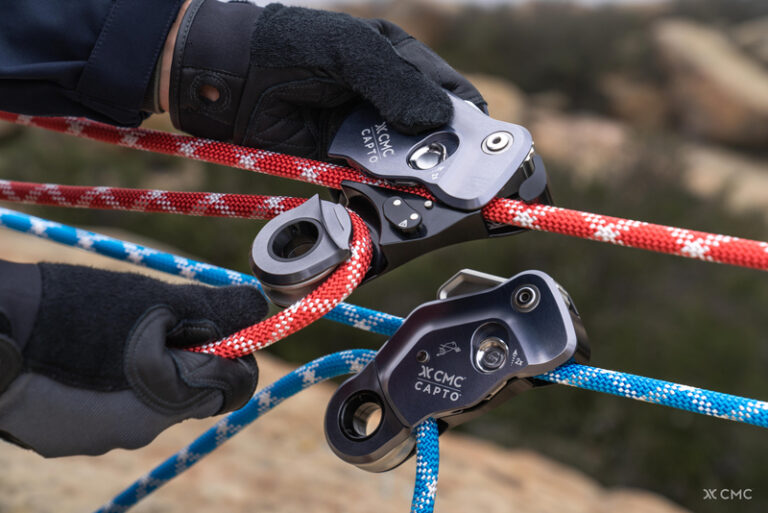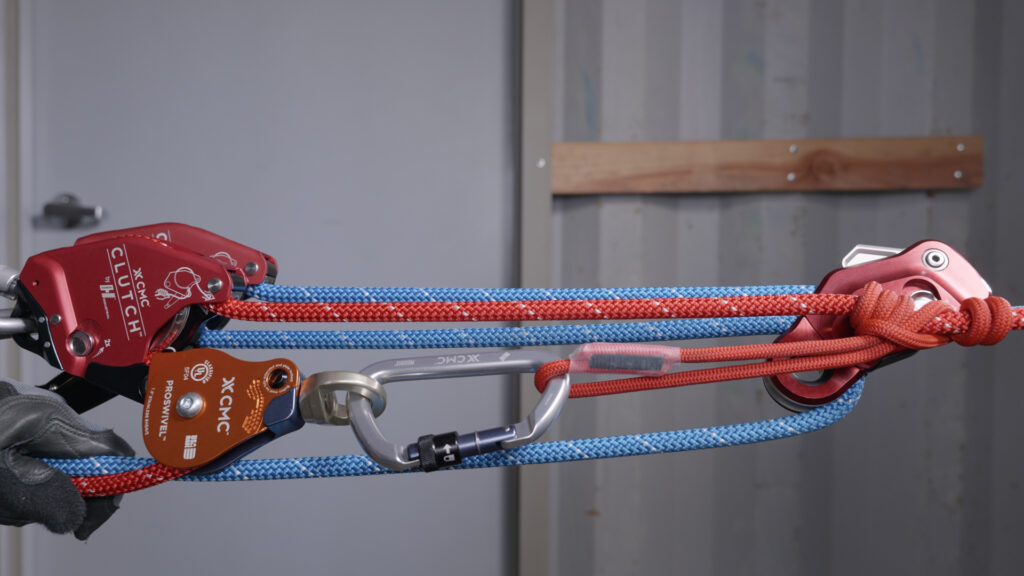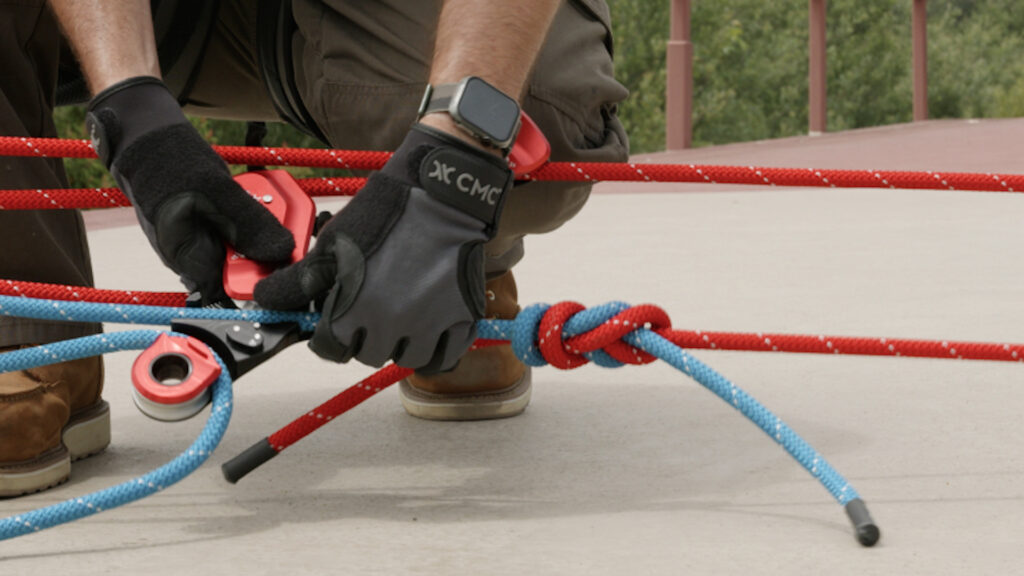When it comes to rescue operations, efficiency and reliability are everything. Progress capture devices like the CMC Capto vs. Prusik play a critical role in controlling loads, securing positions, and ensuring the safety of rescuers and victims. This blog breaks down the key differences between these two tools, exploring their strengths and use cases. Understanding how each performs can help rescue teams select the best solution for their specific needs.
1. What Sets the CMC Capto Apart?
The CMC Capto has become a popular choice for rescue teams thanks to its innovative design. It integrates multiple functions—acting as a rope grab, progress capture, and pulley—into a single device. This integration reduces the need for additional gear, which is crucial for streamlining setups during time-sensitive rescue operations.
- Faster Setup: The Capto’s design allows for quick deployment, saving valuable time during critical rescues. Unlike traditional setups that require multiple pieces of hardware, the Capto simplifies rigging.
- Rotating Design: A key feature is its ability to rotate 360 degrees, which allows for smoother alignment with ropes and reduces friction during transitions. This makes it ideal for complex setups, such as those involving variable angles or changes in direction.
- Enhanced Safety: Built with durable materials, the Capto ensures a consistent grip on the rope even in wet or icy conditions. This reliability is essential in harsh environments, where a slip or loss of friction could have serious consequences.
By consolidating multiple roles into one, the CMC Capto streamlines the rigging process, making it a preferred choice for teams that value speed and efficiency without sacrificing safety. For more details, see the CMC Capto product page.
2. Prusik: Traditional but Reliable
The Prusik knot has been a mainstay in rope rescue for decades, valued for its simplicity and adaptability. Made from a loop of cord tied around a main rope, the Prusik functions as a friction knot that can slide when unloaded but tightens under tension.
- Simplicity in Design: The Prusik is easy to construct with basic gear, making it accessible to rescuers of all experience levels. It can be used in various configurations, such as ascending or as part of a progress capture system.
- Adaptability: One of the Prusik’s strengths is its versatility. It can be adapted for different setups using varying rope sizes and materials, making it suitable for a wide range of rescue scenarios.
- Drawbacks: Despite its versatility, the Prusik can have limitations. Under certain conditions, such as when ropes are wet or icy, the friction may decrease, increasing the risk of slippage. Additionally, setting up multiple Prusiks for complex systems can be time-consuming and requires more manual adjustments.
In the CMC Capto vs. Prusik discussion, the Prusik remains a valuable tool for teams that prioritize simplicity and adaptability. However, it may require more skill and time to set up compared to a more integrated solution like the Capto.
3. Choosing the Right Tool for Your Team
Deciding between the CMC Capto vs. Prusik comes down to understanding the needs of your rescue team and the specific conditions of your operations. Here’s a breakdown to help guide your decision:
- Use the CMC Capto if:
- Your team requires a compact, all-in-one device that reduces setup time.
- You often work in environments where weather conditions can affect friction, such as rain or ice.
- You value a tool that offers smooth transitions and self-orienting capabilities for complex rigging.
- Use the Prusik if:
- You need a simple, low-cost solution that can be constructed from existing cordage.
- Your team values the flexibility to modify setups on the fly.
- You operate in environments where time is not a critical factor, allowing for more deliberate setups.
Ultimately, the CMC Capto vs. Prusik choice depends on the balance between speed, simplicity, and adaptability. The Capto excels in minimizing setup time and complexity, while the Prusik offers tried-and-true flexibility for rescuers comfortable with more manual configurations.
Conclusion
Both the CMC Capto vs. Prusik have their strengths and can serve vital roles in rescue operations. For those looking to streamline their systems and reduce gear weight, the CMC Capto is an excellent choice. Teams who prefer traditional methods and value the versatility of a knot-based solution will appreciate the Prusik’s simplicity. Whichever you choose, understanding the capabilities of each tool can help ensure safer, more efficient rescue missions.
Ready to elevate your rescue capabilities? Explore and purchase the CMC Capto here to see how it can transform your approach to rescue operations.
Peace on your Days
Lance













